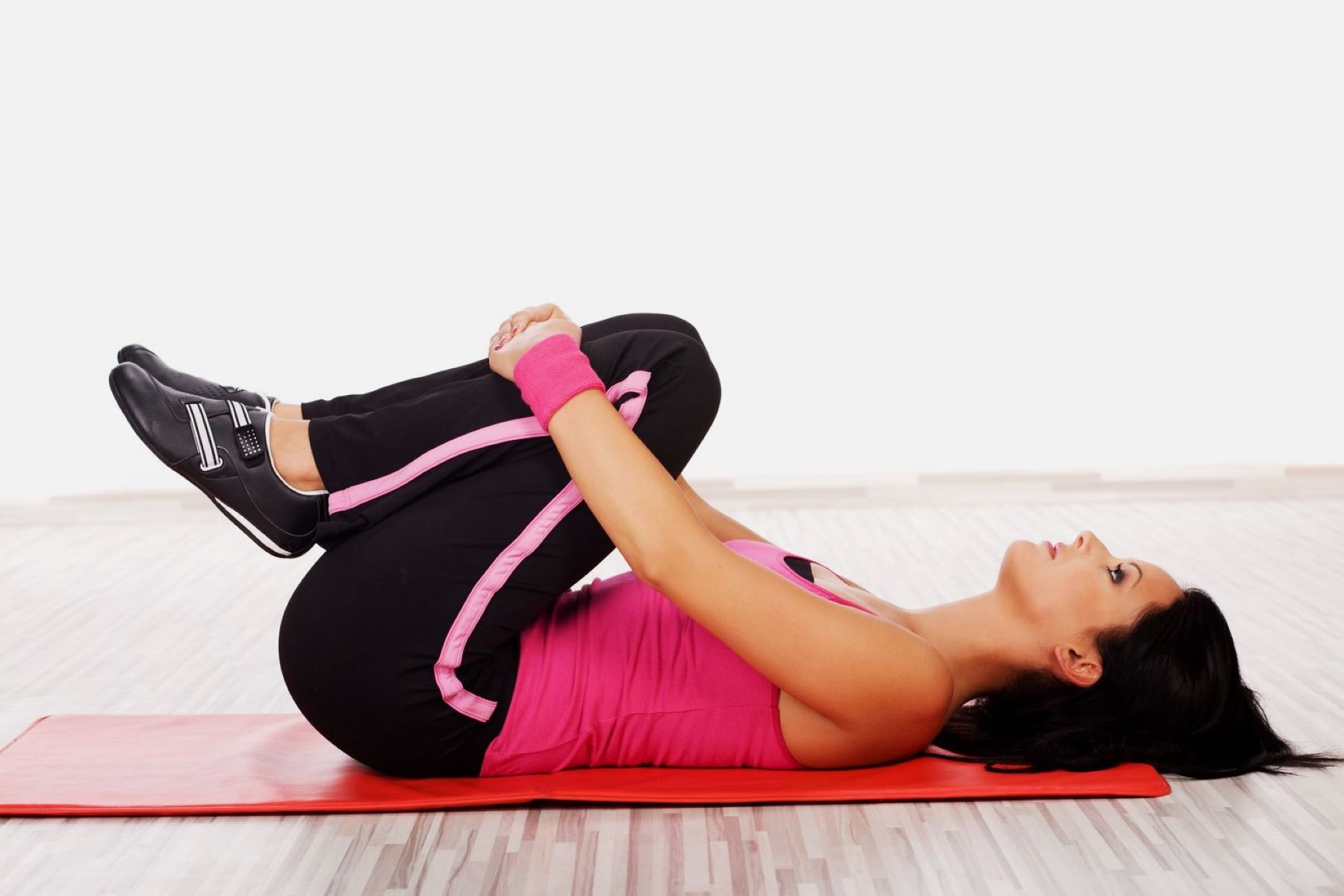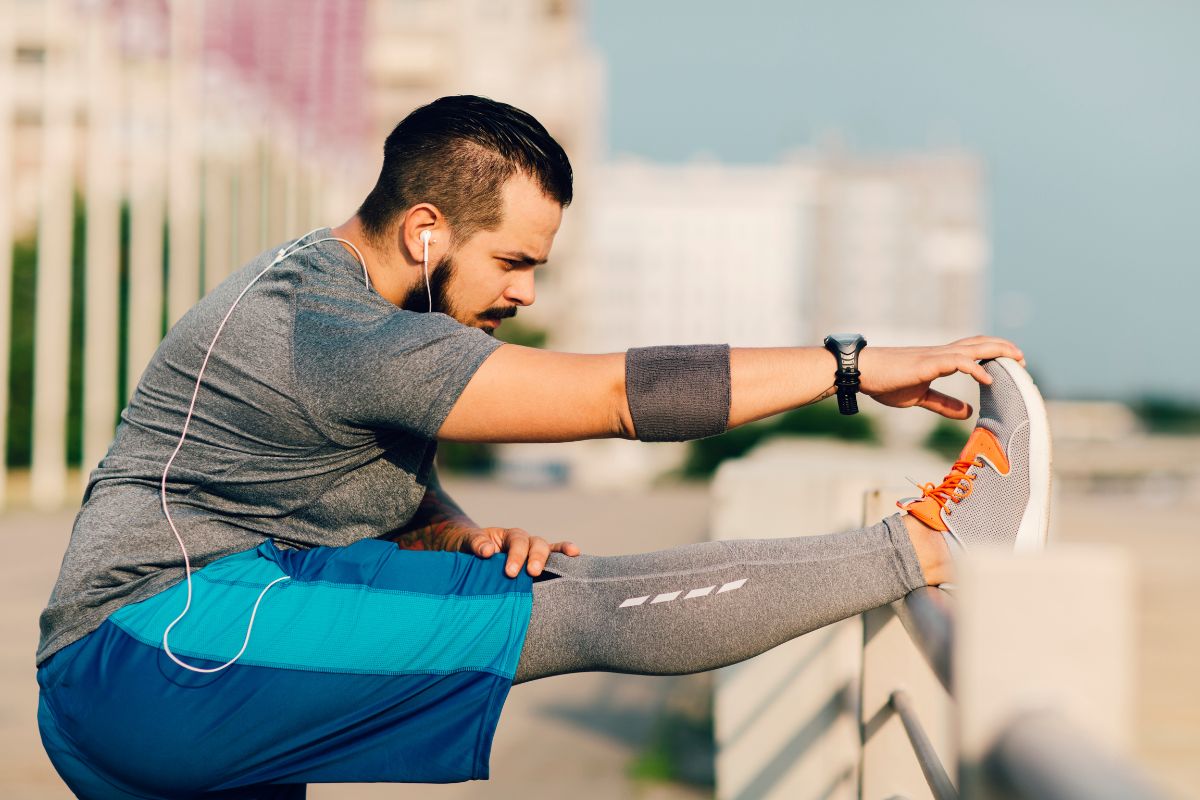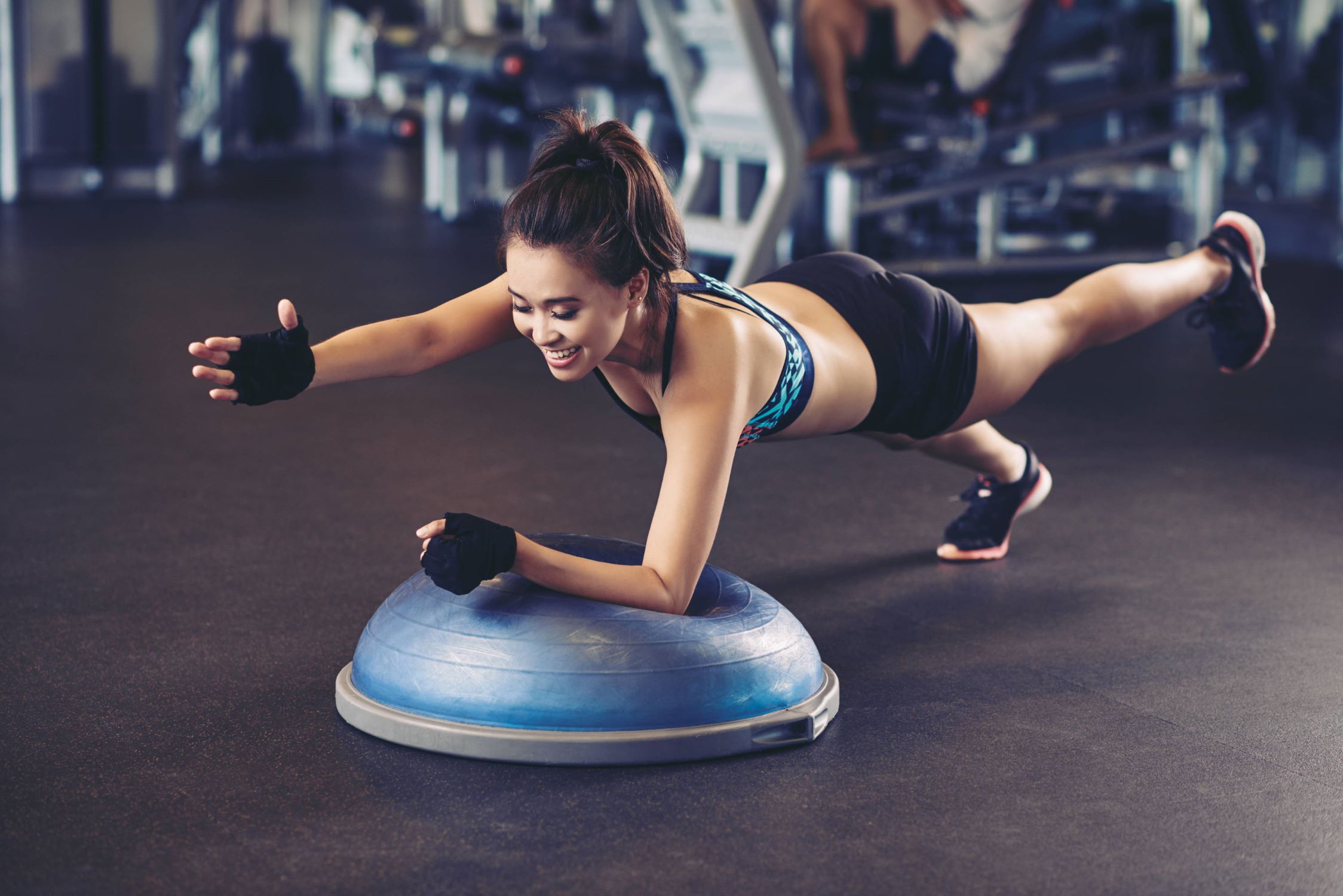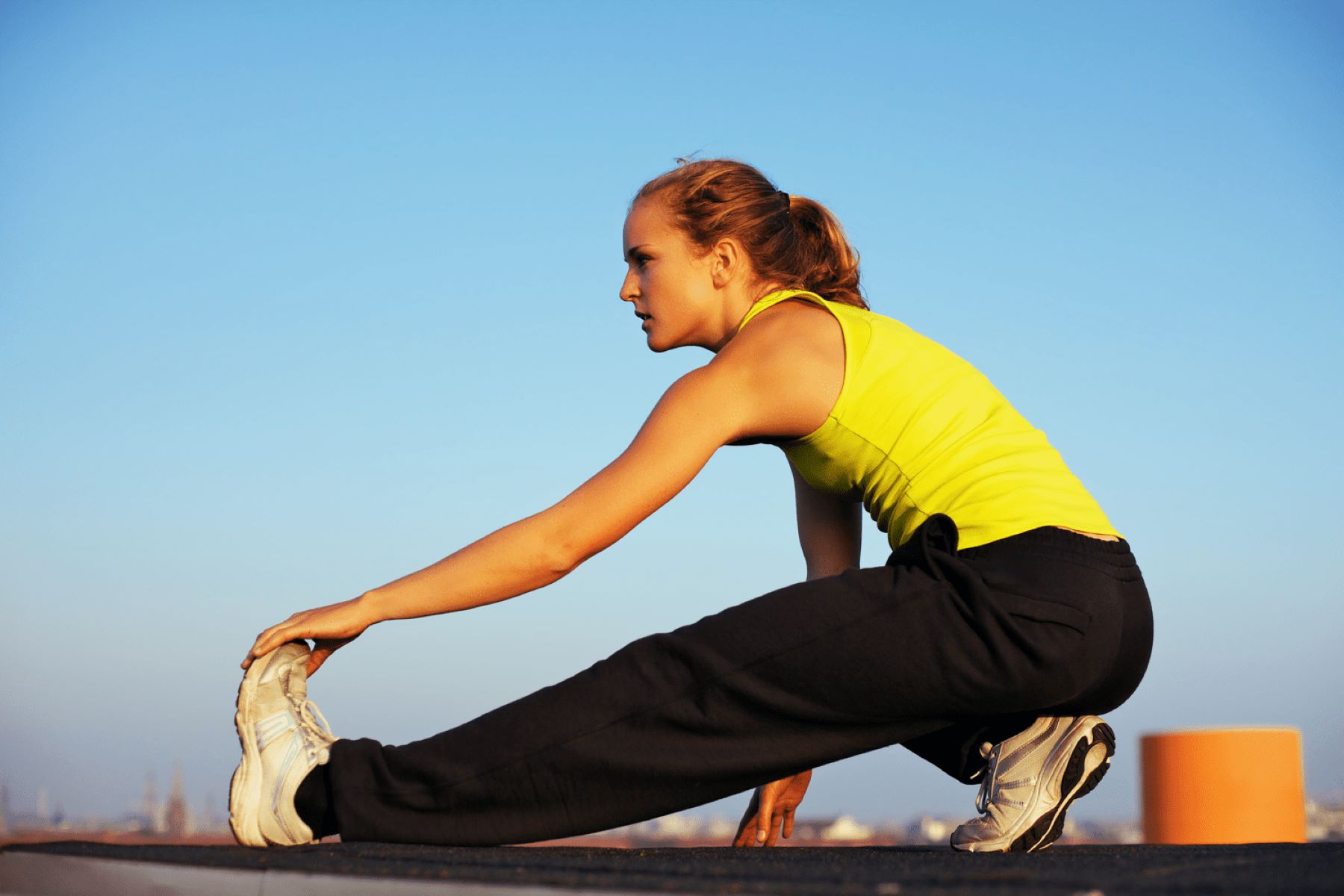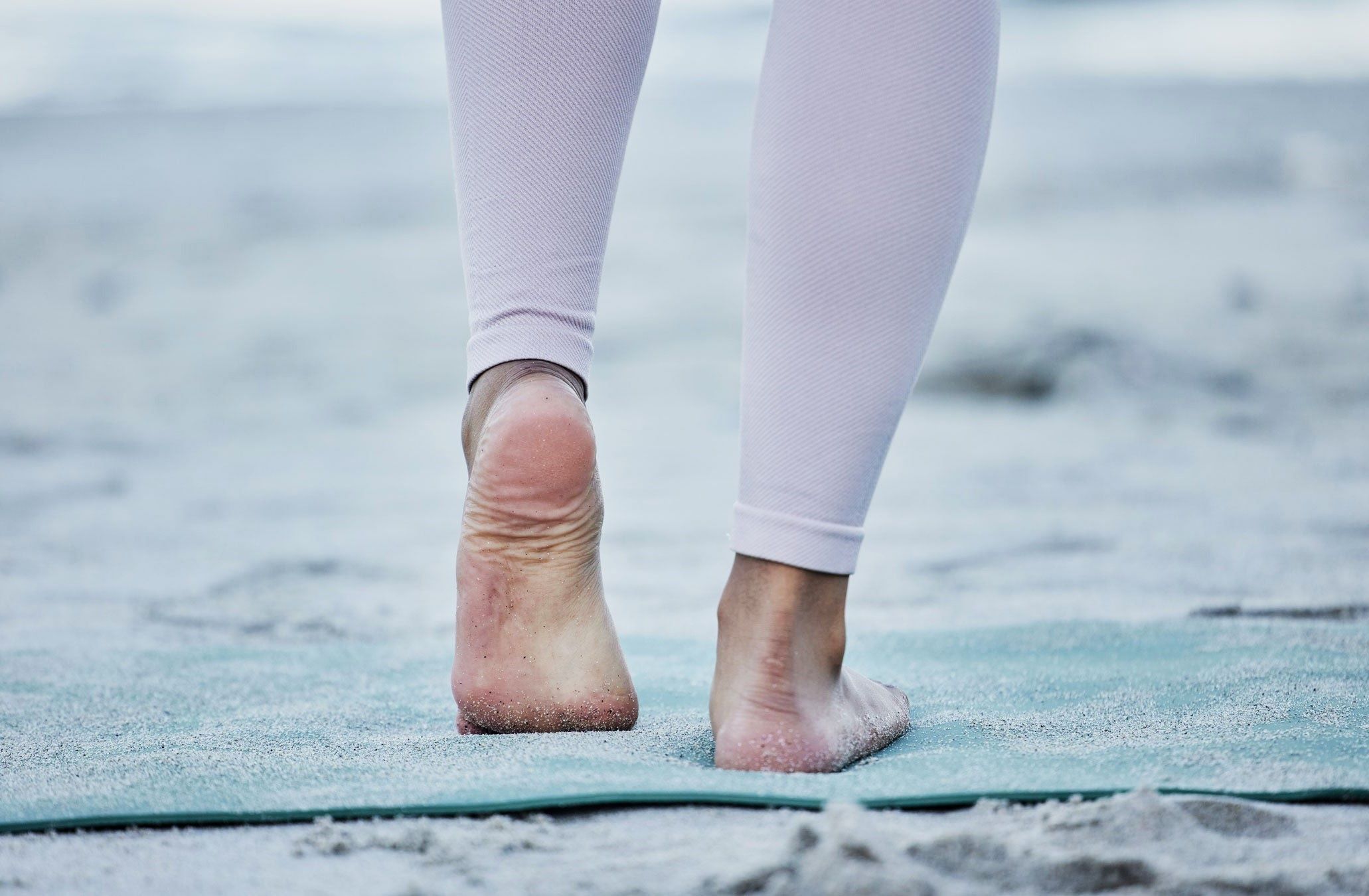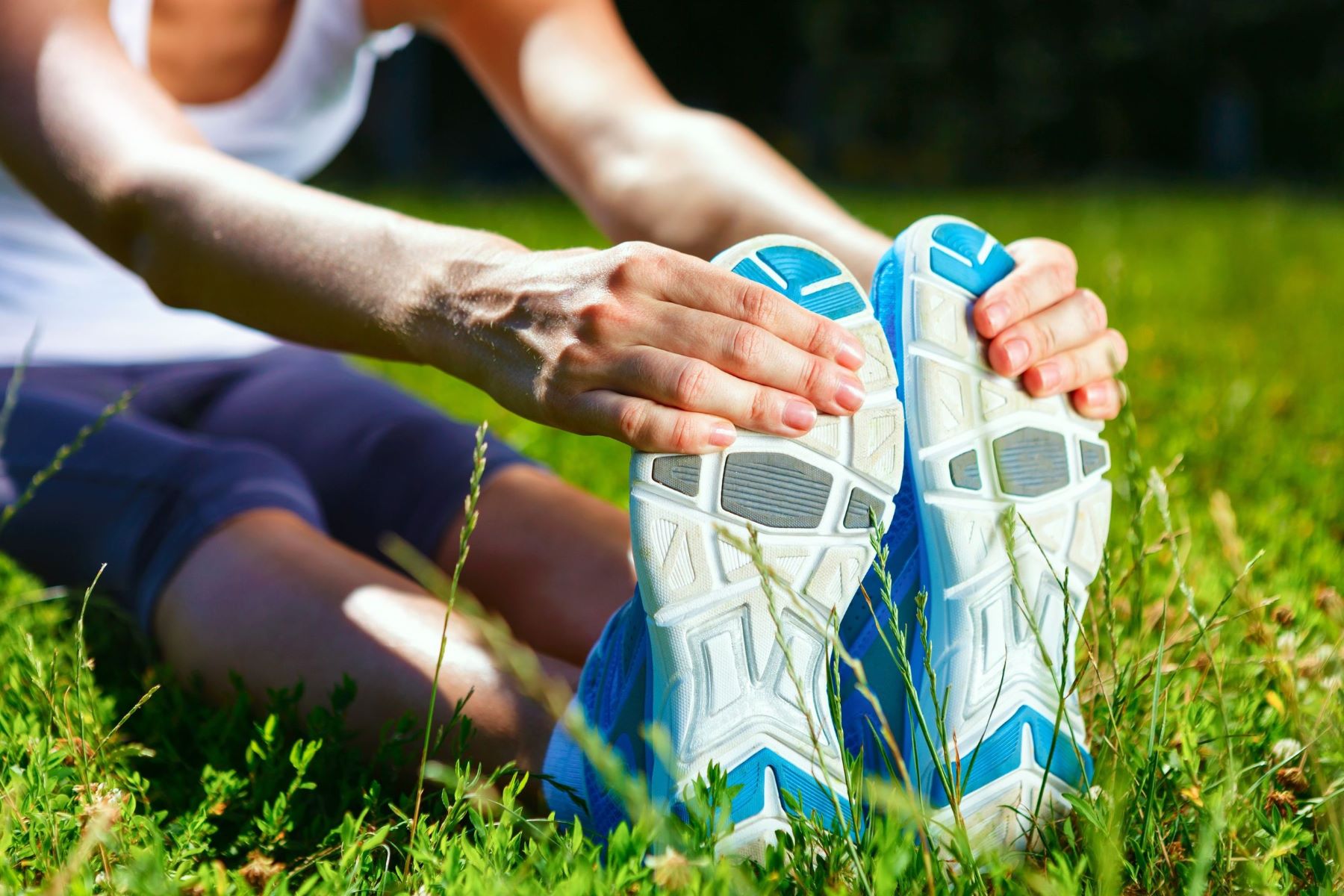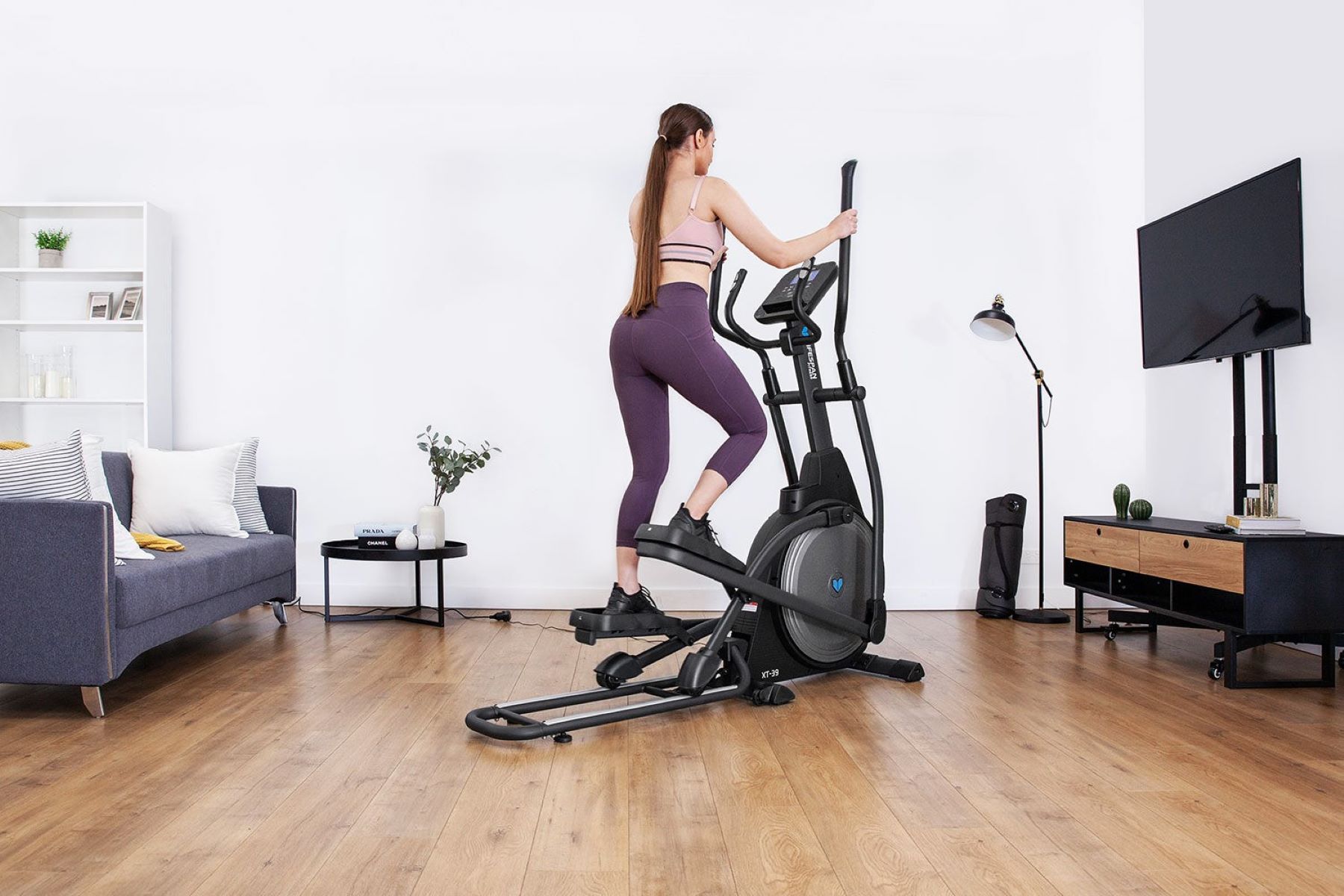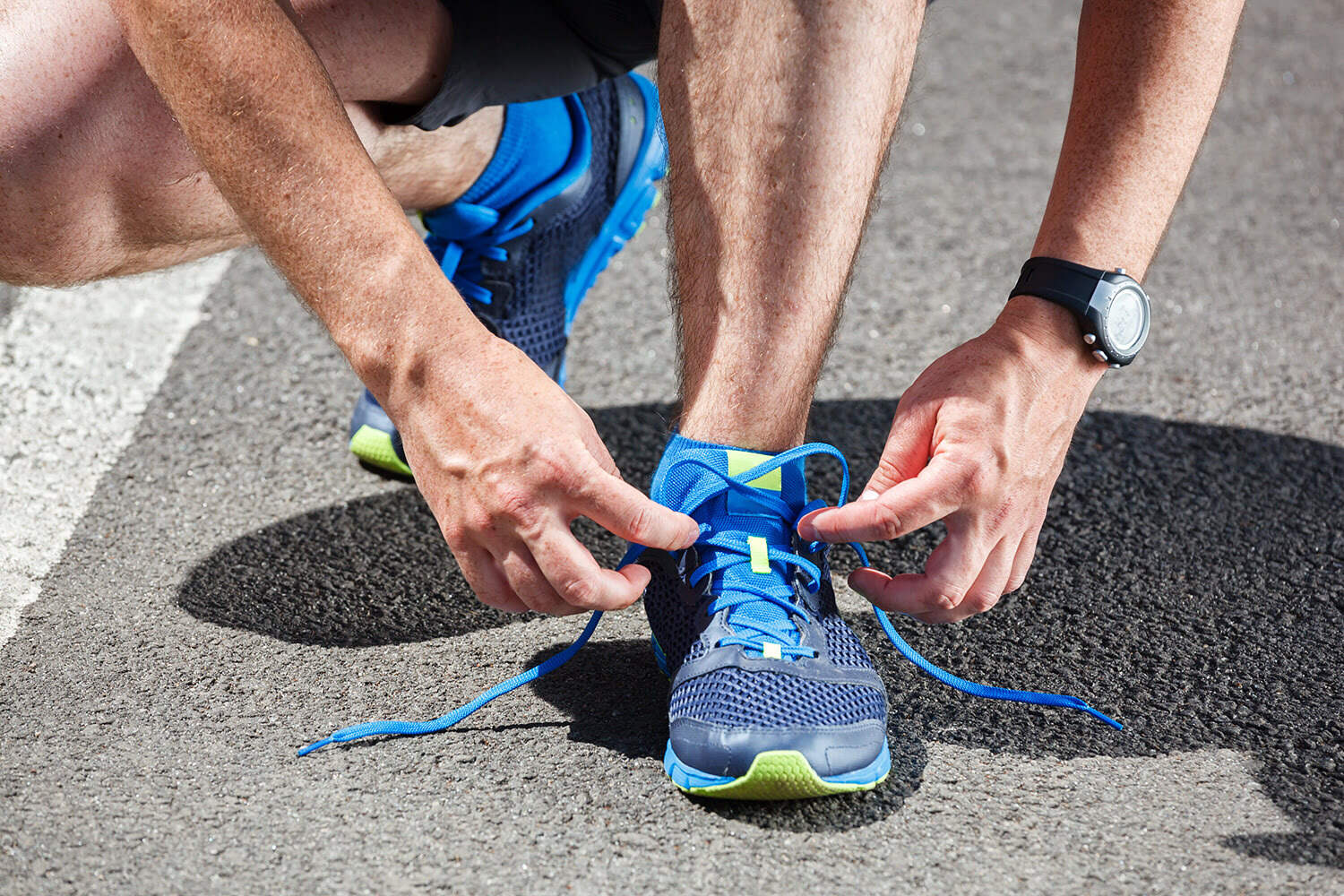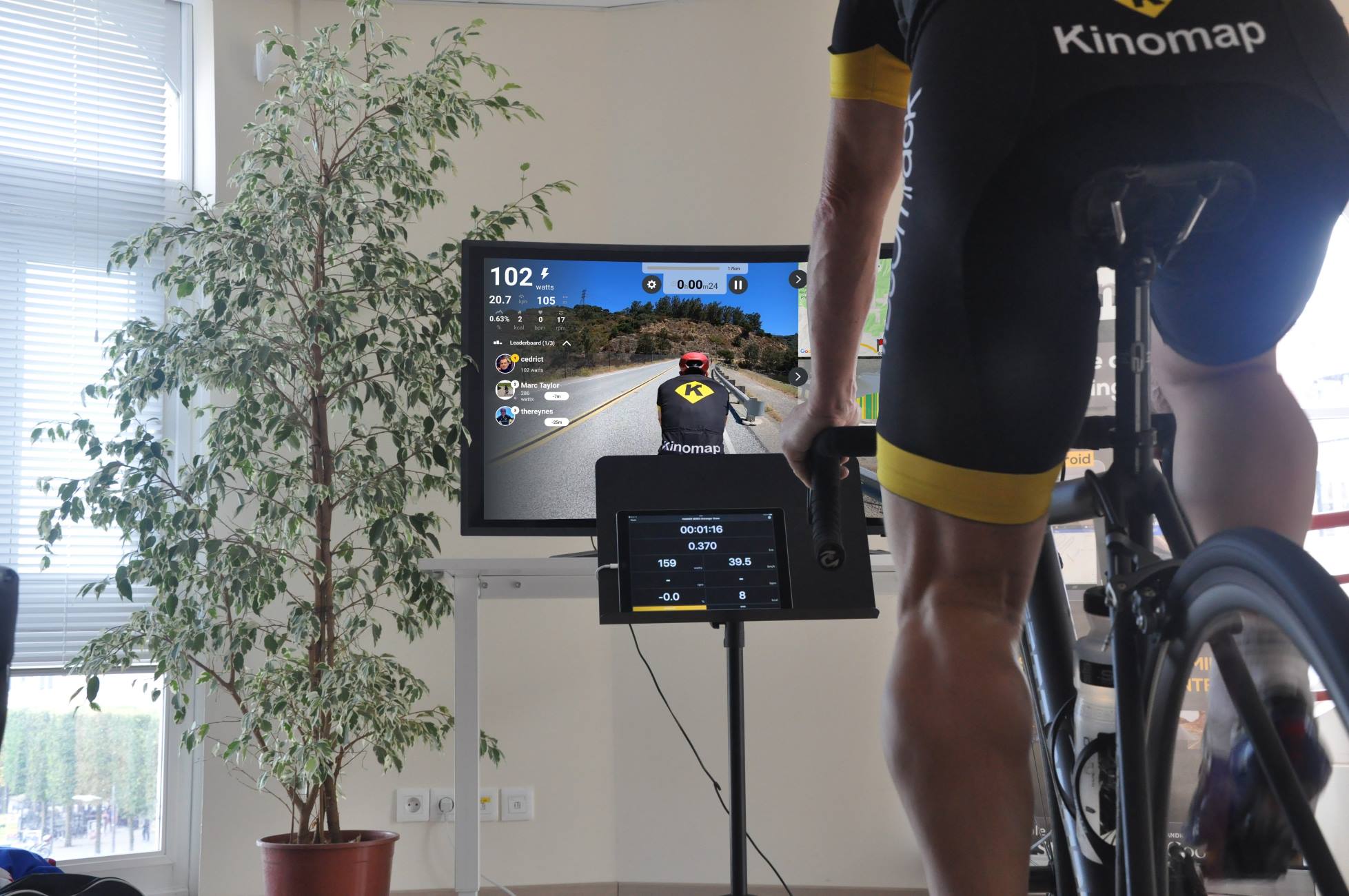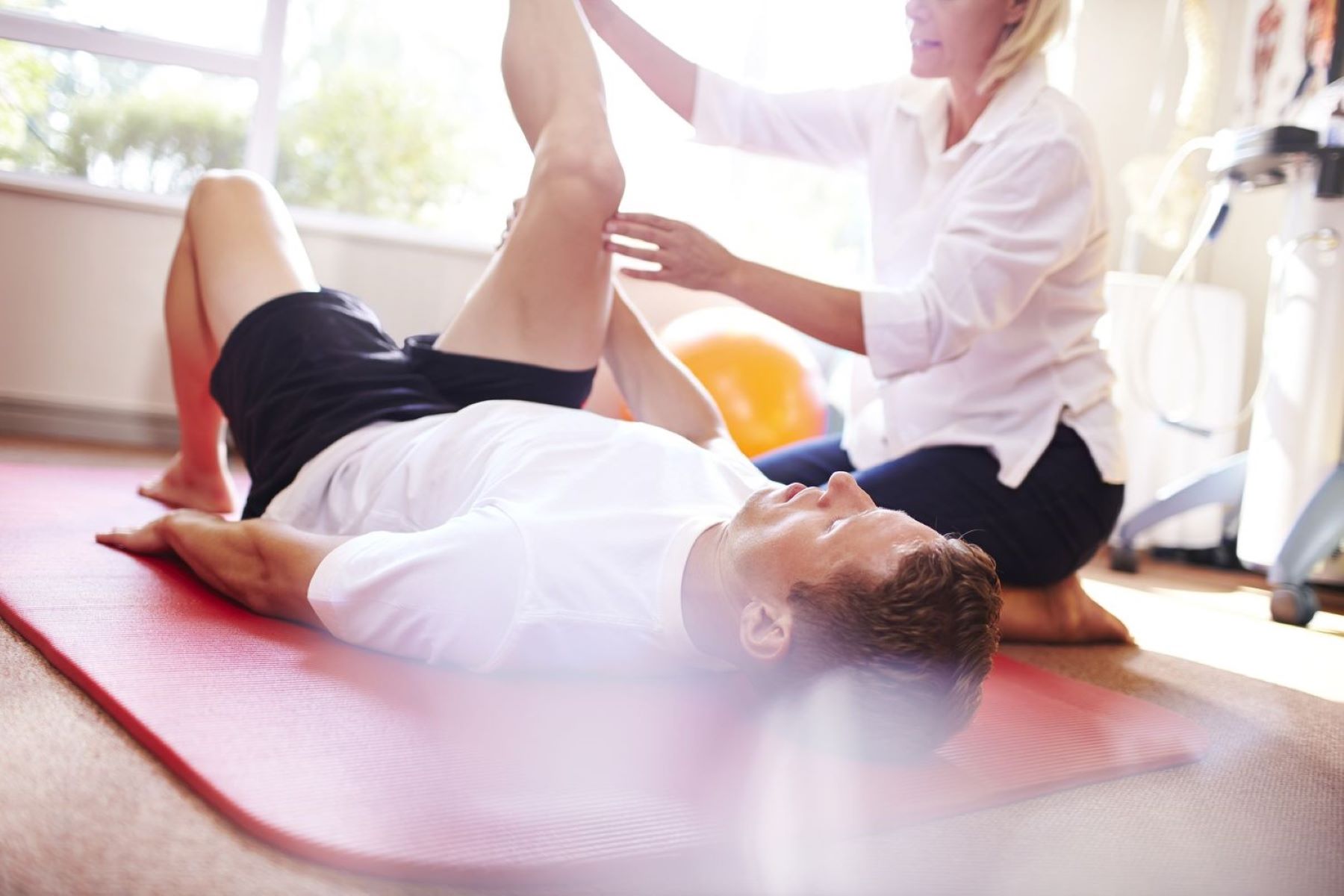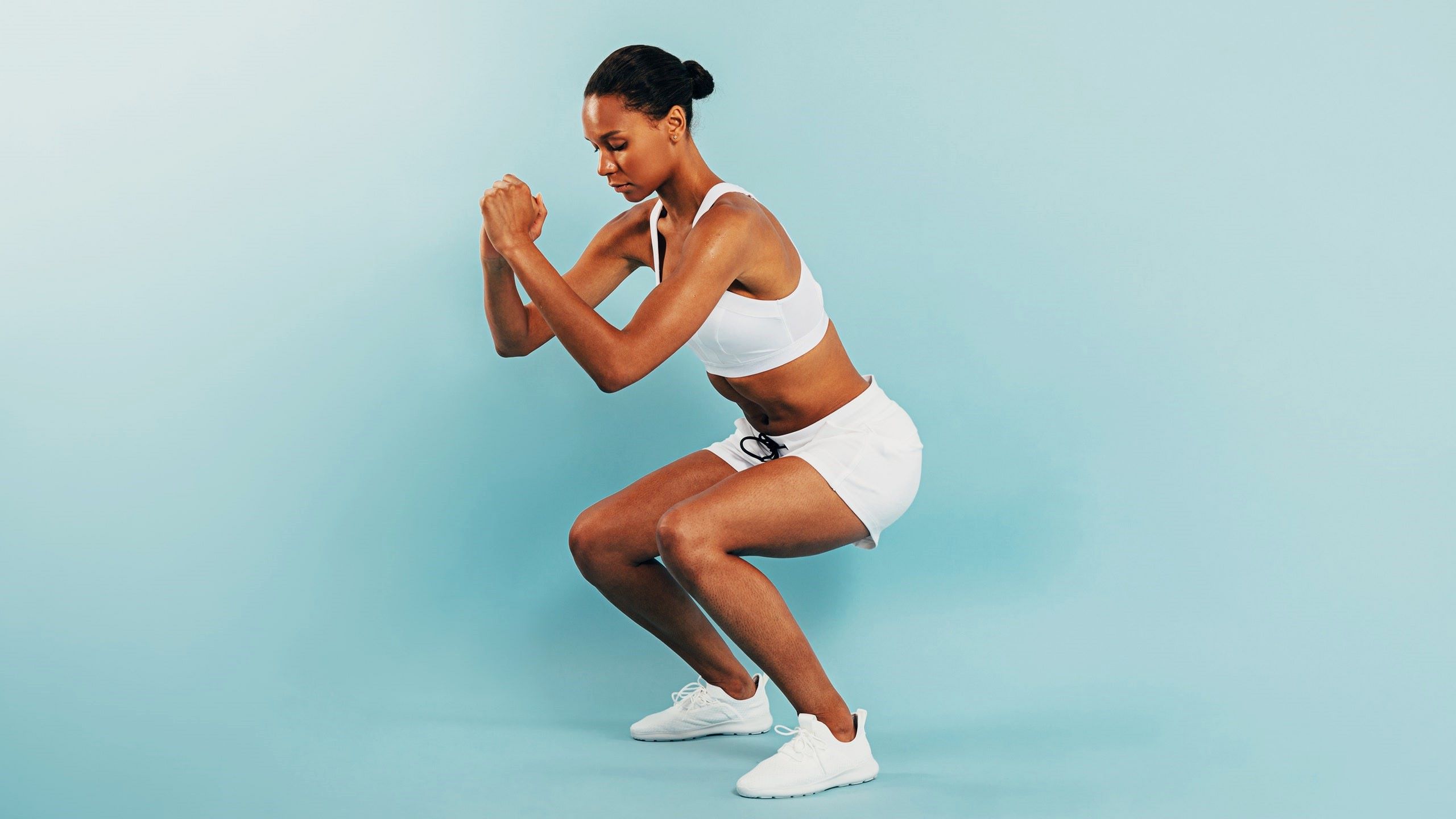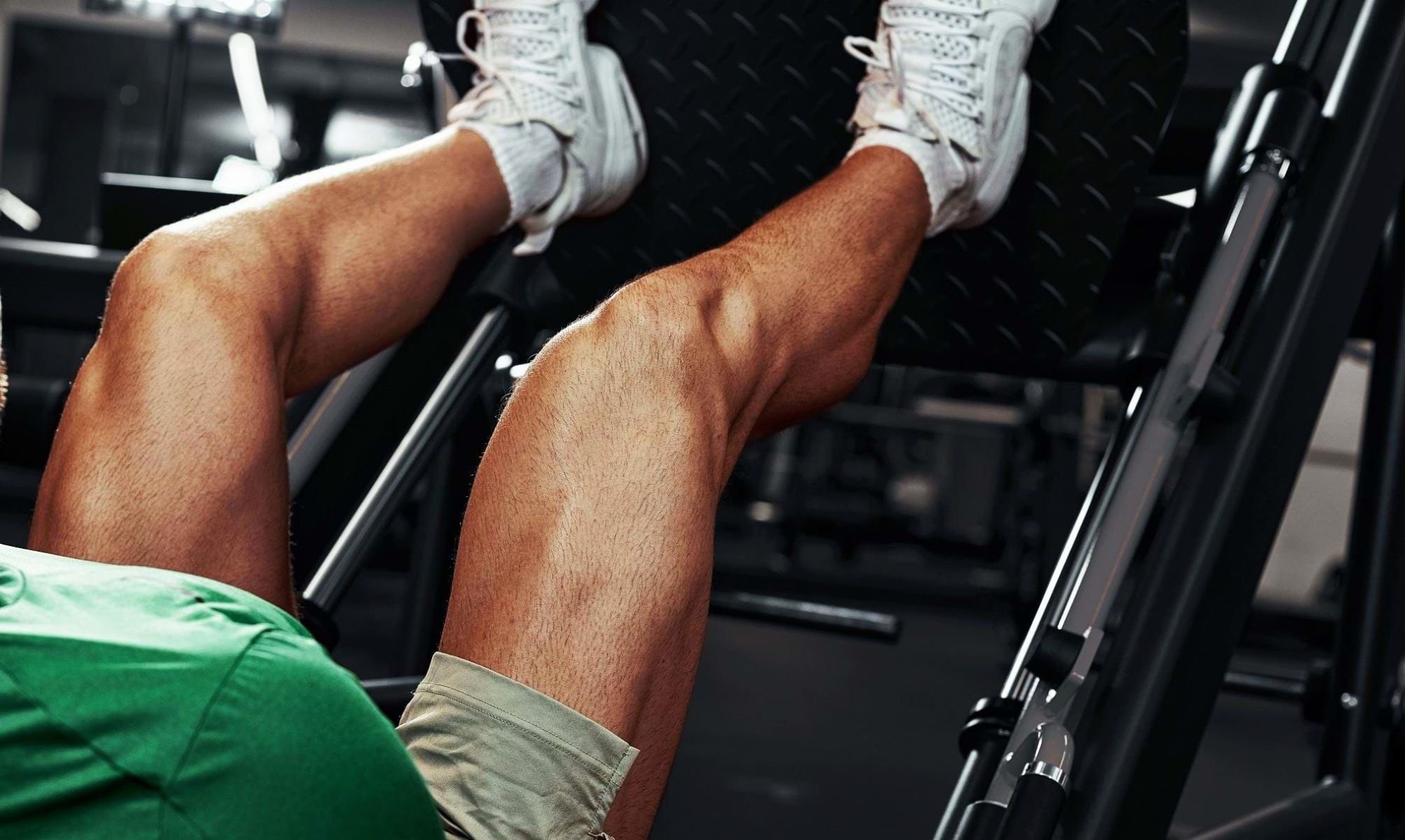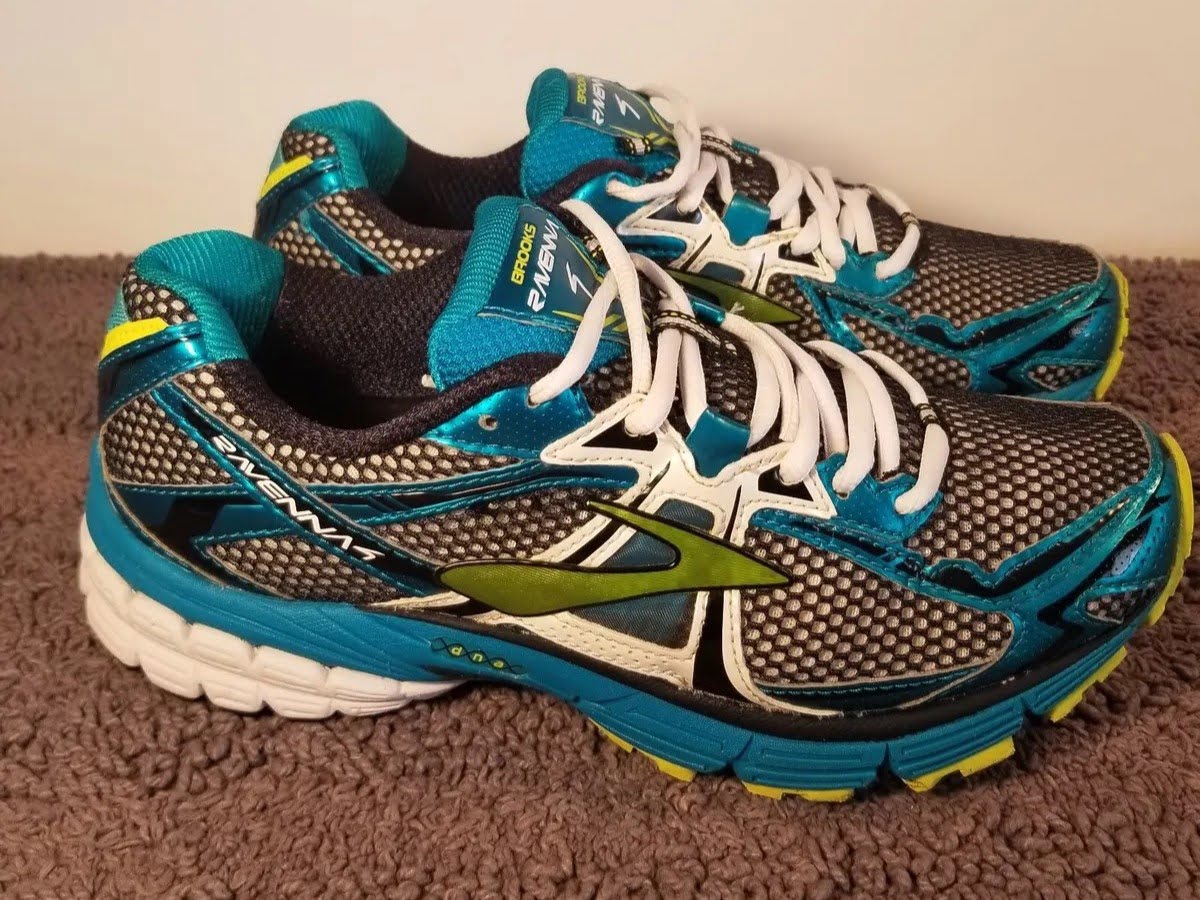Home>Health & Nutrition>Injury Prevention>Top 4 Balance Exercises For Runners


Injury Prevention
Top 4 Balance Exercises For Runners
Published: March 1, 2024
Discover the top 4 balance exercises for runners to prevent injuries and improve performance. Incorporate these exercises into your routine for a stronger, more stable stride.
(Many of the links in this article redirect to a specific reviewed product. Your purchase of these products through affiliate links helps to generate commission for Therunningadvisor.com, at no extra cost. Learn more)
Table of Contents
Introduction
Maintaining balance is a crucial aspect of overall fitness, especially for runners. Whether you're a seasoned marathoner or a casual jogger, incorporating balance exercises into your training regimen can significantly enhance your performance and reduce the risk of injuries. By improving stability and proprioception, balance exercises help runners develop better control over their movements, leading to more efficient running mechanics and reduced impact on the joints.
In this article, we will explore four top balance exercises specifically tailored for runners. These exercises are designed to target key muscle groups involved in running while simultaneously challenging the body's ability to maintain equilibrium. By integrating these exercises into your routine, you can enhance your running prowess and minimize the likelihood of sustaining common running-related injuries.
So, lace up your shoes, find a comfortable spot, and let's delve into the world of balance exercises for runners. Whether you're aiming to conquer new personal records or simply enjoy a leisurely run, these exercises will help you build a solid foundation of strength and stability, empowering you to excel on the track, trail, or pavement.
Importance of Balance for Runners
Maintaining balance is a critical component of a runner's overall fitness and performance. While running primarily involves the repetitive motion of moving one foot in front of the other, the body's ability to maintain equilibrium and stability plays a pivotal role in optimizing running efficiency and reducing the risk of injuries.
When runners engage in balance exercises, they are essentially honing their body's proprioception, which refers to the awareness of one's body position in space. This heightened proprioception allows runners to develop a more refined sense of control over their movements, leading to improved running mechanics and enhanced coordination. By strengthening the stabilizing muscles and fine-tuning neuromuscular coordination, runners can achieve a more fluid and efficient running stride.
Furthermore, balance exercises contribute to the development of core strength, which is essential for maintaining proper posture and stability during running. A strong core acts as a stabilizing force, helping to minimize excessive movement and rotation in the pelvis and spine, thereby reducing the risk of overuse injuries.
Incorporating balance training into a runner's routine also fosters muscle symmetry and balance. Running predominantly engages certain muscle groups, such as the quadriceps, hamstrings, and calves, while potentially neglecting others. This muscular imbalance can lead to overuse injuries and compromised performance. By integrating balance exercises that target underutilized muscle groups, runners can mitigate the risk of overuse injuries and promote overall muscular equilibrium.
Moreover, improved balance can positively impact a runner's agility and proprioceptive awareness, enabling them to navigate uneven terrain and sudden changes in direction with greater ease and confidence. This heightened agility is particularly beneficial for trail runners who encounter varied and unpredictable surfaces during their runs.
In essence, the incorporation of balance exercises into a runner's training regimen offers a myriad of benefits, including enhanced proprioception, improved running mechanics, reduced risk of injuries, strengthened core stability, and balanced muscle development. By prioritizing balance training, runners can fortify their foundation of strength and stability, ultimately optimizing their performance and longevity in the sport.
Exercise 1: Single Leg Deadlift
The single-leg deadlift is a dynamic exercise that targets multiple muscle groups, making it an exceptional choice for runners seeking to enhance their balance and stability. This exercise primarily engages the hamstrings, glutes, and core muscles, while also challenging the body's proprioceptive abilities. By performing the single-leg deadlift, runners can effectively strengthen the posterior chain, improve hip stability, and refine their overall balance, thereby contributing to more efficient and injury-resistant running mechanics.
To execute the single-leg deadlift, begin by standing tall with your feet hip-width apart. Shift your weight onto one leg while maintaining a slight bend in the knee. Engage your core muscles to stabilize your torso and prevent excessive movement. Next, hinge at the hips and slowly lower your upper body towards the ground while simultaneously extending your free leg straight behind you. Throughout this movement, it is crucial to maintain a neutral spine and avoid rounding or arching your back. Aim to lower your torso until it is parallel to the ground, ensuring that your extended leg, torso, and arms form a straight line. As you descend, focus on feeling a stretch in the hamstring of the standing leg. Once you reach the bottom position, reverse the movement by engaging your glutes and hamstrings to return to the upright position. Throughout the entire exercise, maintain a controlled and deliberate pace, emphasizing stability and balance.
The single-leg deadlift offers a myriad of benefits for runners. By isolating each leg, this exercise helps to rectify any existing strength imbalances between the lower extremities, promoting symmetrical muscle development and reducing the risk of overuse injuries. Additionally, the engagement of the core muscles throughout the movement fosters improved stability and postural control, which are essential for maintaining proper running form and minimizing excessive movement during each stride. Furthermore, the single-leg deadlift enhances hip stability, a crucial factor in preventing common running injuries such as IT band syndrome and patellofemoral pain syndrome.
Incorporating the single-leg deadlift into a runner's training routine can yield substantial improvements in balance, stability, and overall running performance. By diligently practicing this exercise, runners can fortify their lower body strength, refine their proprioceptive abilities, and cultivate the stability necessary for enduring and injury-free running.
Exercise 2: Bosu Ball Squats
Bosu ball squats are an exceptional balance exercise that challenges the body's stability and strengthens the lower body muscles, making them an invaluable addition to a runner's training regimen. The Bosu ball, characterized by its half-dome stability platform, introduces an element of instability, requiring the body to engage additional stabilizing muscles to maintain balance during the squatting motion. This exercise primarily targets the quadriceps, hamstrings, glutes, and core muscles, while simultaneously enhancing proprioception and balance.
To perform Bosu ball squats, place the Bosu ball on the ground with the flat platform facing up. Stand on the Bosu ball, ensuring that your feet are shoulder-width apart and your weight is evenly distributed. Engage your core muscles to stabilize your torso and maintain an upright posture. With a controlled descent, lower your body into a squat position, ensuring that your knees align with your toes and your thighs are parallel to the ground. Throughout the movement, focus on maintaining stability and balance, utilizing the muscles of the lower body and core to control the descent and ascent. Once in the lowered position, push through your heels and engage your quadriceps and glutes to return to a standing position, emphasizing control and stability throughout the movement.
Bosu ball squats offer a multitude of benefits for runners. By incorporating an unstable surface, this exercise stimulates the proprioceptive system, enhancing the body's awareness of its position in space and refining balance and coordination. Additionally, the engagement of stabilizing muscles, including the core and smaller stabilizers in the lower body, contributes to improved overall stability and postural control, which are essential for maintaining proper running form and minimizing excessive movement during each stride. Furthermore, the dynamic nature of Bosu ball squats closely mimics the demands placed on the body during running, making it a highly functional exercise for runners aiming to fortify their lower body strength and stability.
Integrating Bosu ball squats into a runner's training routine can yield significant improvements in balance, stability, and lower body strength. By consistently practicing this exercise, runners can enhance their proprioceptive abilities, strengthen key muscle groups involved in running, and cultivate the stability necessary for enduring and injury-free running. Whether you're navigating challenging trails or striving for a personal best on the track, Bosu ball squats can play a pivotal role in enhancing your running performance and fortifying your foundation of strength and stability.
Exercise 3: Stability Ball Knee Tucks
Stability ball knee tucks are a dynamic and challenging exercise that effectively targets the core muscles, while simultaneously enhancing balance and stability. This exercise requires the utilization of a stability ball, also known as an exercise or Swiss ball, which introduces an element of instability, compelling the body to engage multiple muscle groups to maintain equilibrium throughout the movement. Stability ball knee tucks are particularly beneficial for runners seeking to fortify their core strength, improve balance, and refine their proprioceptive abilities, all of which are essential for optimizing running performance and reducing the risk of injuries.
To perform stability ball knee tucks, begin in a high plank position with your hands placed firmly on the ground and your shins resting on the stability ball. Ensure that your body forms a straight line from your head to your heels, engaging your core muscles to stabilize your torso. From this starting position, initiate the movement by slowly tucking your knees towards your chest, using your core muscles to draw the stability ball closer to your body. As you perform the knee tuck, focus on maintaining a controlled and deliberate pace, emphasizing stability and balance throughout the movement. Once your knees are drawn towards your chest, extend your legs back to the starting position, maintaining a smooth and controlled motion. Throughout the exercise, it is crucial to avoid overarching or rounding your lower back, instead prioritizing a neutral spine and engaged core muscles.
Stability ball knee tucks offer a multitude of benefits for runners. By requiring the body to stabilize itself on an unstable surface, this exercise significantly challenges the core muscles, including the rectus abdominis, transverse abdominis, and obliques, leading to improved core strength and stability. A strong and stable core is essential for maintaining proper running form, as it acts as a stabilizing force, minimizing excessive movement and rotation in the pelvis and spine, thereby reducing the risk of overuse injuries. Additionally, the engagement of the stabilizing muscles in the shoulders, arms, and lower body contributes to overall body awareness and coordination, enhancing proprioception and balance, which are crucial for efficient and injury-resistant running mechanics.
Integrating stability ball knee tucks into a runner's training routine can yield substantial improvements in core strength, balance, and stability. By consistently practicing this exercise, runners can fortify their core muscles, refine their proprioceptive abilities, and cultivate the stability necessary for enduring and injury-free running. Whether you're conquering challenging trails or striving for a personal best on the track, stability ball knee tucks can play a pivotal role in enhancing your running performance and fortifying your foundation of strength and stability.
Read more: Top Resistance Band Exercises For Runners
Exercise 4: Lateral Lunges
Lateral lunges are a highly effective exercise for runners, targeting the adductors, abductors, glutes, and quadriceps while simultaneously enhancing balance and stability. This dynamic movement involves a lateral (sideways) stepping motion, challenging the body to maintain equilibrium and engage multiple muscle groups, making it an invaluable addition to a runner's training regimen.
To perform lateral lunges, begin by standing tall with your feet hip-width apart and your hands on your hips. Take a wide step to the right, ensuring that your toes are pointing forward and your feet remain flat on the ground. As you descend into the lunge, shift your body weight towards the right leg, bending the right knee while keeping the left leg straight. It is essential to maintain a neutral spine and avoid allowing the knee to extend beyond the toes during the lunge. Once in the lowered position, push through the right heel to return to the starting position, engaging the muscles of the inner and outer thighs, glutes, and quadriceps. Repeat the movement on the left side, alternating between right and left lunges in a controlled and deliberate manner.
Lateral lunges offer a myriad of benefits for runners. By targeting the adductors and abductors, this exercise promotes balanced muscle development in the inner and outer thighs, addressing potential strength imbalances and reducing the risk of overuse injuries. Additionally, the engagement of the glutes and quadriceps contributes to improved lower body strength, essential for generating power and propulsion during running. The lateral stepping motion closely mimics the lateral movements and stability requirements encountered during running, making lateral lunges a highly functional exercise for runners aiming to enhance their balance and stability.
Furthermore, lateral lunges foster improved hip mobility and flexibility, which are essential for maintaining proper running mechanics and reducing the risk of hip-related injuries. By consistently practicing lateral lunges, runners can enhance their proprioceptive abilities, refine their balance and stability, and fortify the muscles involved in lateral movement, ultimately contributing to more efficient and injury-resistant running mechanics.
Incorporating lateral lunges into a runner's training routine can yield significant improvements in balance, stability, and lower body strength. Whether navigating challenging trails or striving for a personal best on the track, lateral lunges can play a pivotal role in enhancing running performance and fortifying the foundation of strength and stability necessary for enduring and injury-free running.

